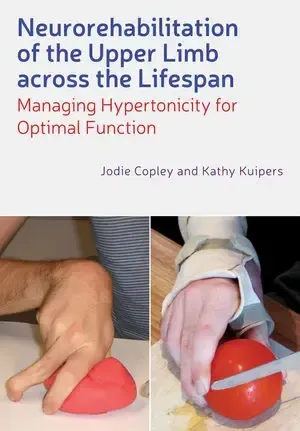More About ...
... neurotherapyonline
The idea for a long-distance training and mentoring business was born nearly 10 years ago when my family and I lived in Alice Springs, in the middle of Australia. I experienced the difficulty firsthand, of accessing clinical support and professional development where and when I needed it.
I believe that online mentoring fills a significant gap in neuro upper limb professional development!
Years of presenting 3-day workshops taught me that clinicians DID NOT feel confident to put their theoretical knowledge into practice back in their workplace after the workshop. Instead, ongoing, individualised, setting-specific support is what helped them to apply and integrate their new skills. But that's a very expensive learning model!
So!! Having a LIVE mentor IN THE ROOM, via camera, is a GAMECHANGER for developing both skills and confidence in real-life practice, at exactly the time you need them!
And the safety of consistent, private mentoring in a supportive, non-judgemental setting provides space for trying out new things under a watchful eye while developing knowledge and expertise.
... Kathy

Taken in Myanmar while training
Development Project staff
I "get" that Neuro is HARD!
My first position as a newbie Occupational Therapist was in a residential facility for children with complex disabilities, and I struggled to know what to assess, and how to help them develop upper limb function.
I was fortunate to have a supportive mentor who taught me so much about brain injury and motor control.
A few years later I was working in a specialist Cerebral Palsy service where the Physiotherapists routinely used casting, and referred for lower limb surgery. I became fascinated about the different approaches to spasticity and contracture between our two professions.
Together with a colleague, and based on the limited amount of research available at the time, we developed a program of upper limb intervention that included functional activity, splinting, casting and referral for surgery.
As we started teaching others, it became clear that I wasn't the only one who found upper limb neuro to be a complex, challenging, and scary area of practice! But over time I've realised that we CAN get good at something we think is difficult. Especially if we have someone alongside that we can trust with our questions and doubts.
I'd love to be THAT PERSON for you!
... My Approach to Practice
The key concept underpinning my approach to practice is the Hypertonicity Intervention Planning Model (HIPM), an evidence-based method for guiding structured, systematic decision-making and intervention choices.
The primary aim of the HIPM is to encourage the clinician to 'take the long view' in managing the effects of the person's neurological condition on their upper limb. That means understanding and predicting the likely trajectory of each person's 'upper limb journey' (as they age or as their condition becomes more chronic), planning interventions accordingly, and always having 'the next option' up your sleeve if needed.
The HIPM clarifies assessment data and guides the clinician to apply interventions methodically and efficiently, removing uncertainty from practice.
Research has shown that the HIPM promotes client-centred practice, even for 'expert' clinicians. It also changes the way that clinicians organise and apply domain-specific (neuro) knowledge when assessing and treating their clients' upper limbs.
Using the HIPM REALLY DOES reduce the hypertonicity overwhelm!
neurotherapyonline acknowledges the Turrbal people
as the Traditional Custodians of Country in Brisbane
© 2025 neurotherapyonline, All Rights Reserved


